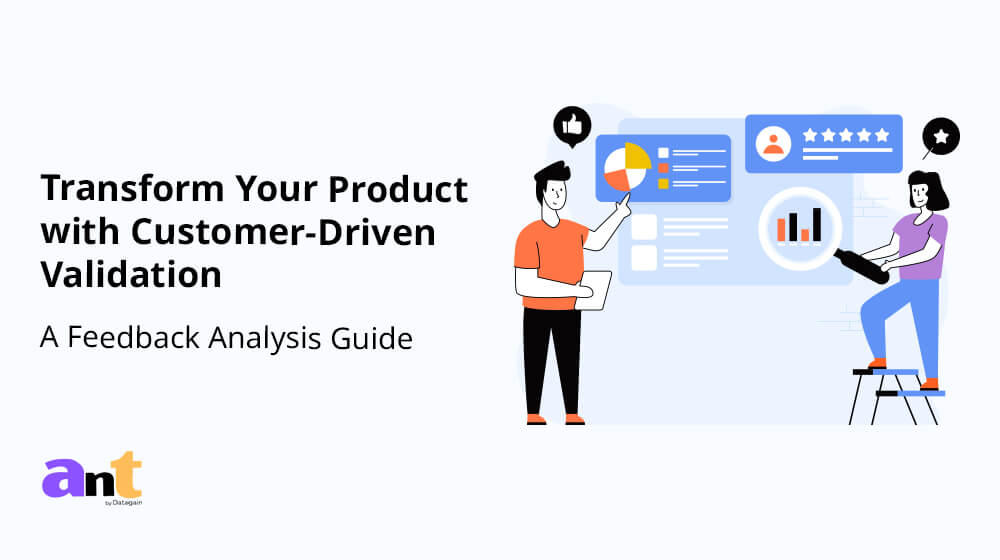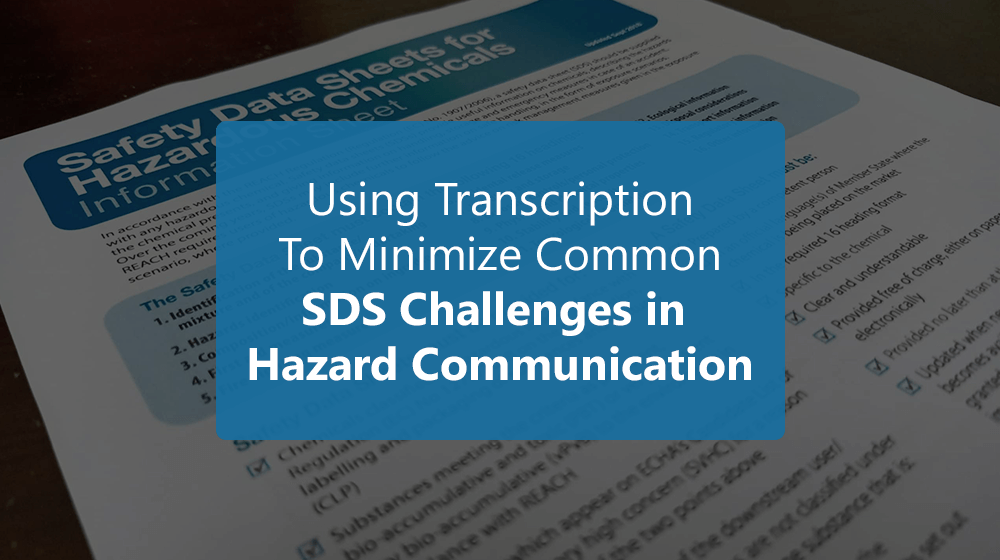Key thing in today’s market?, making sure your product is something folks want is key. And there’s no better way to know that than by asking your customers directly. Their opinions are a goldmine of information that can help you make informed decisions to make your product even better. In this article, we’ll chat about why your customers’ thoughts matter so much, how to gather them, and how to use them to chart a path to success.
Understanding Customer Feedback Analytics
Customer feedback analytics is the process of systematically collecting and analyzing feedback from customers to gain insights into their experiences, preferences, and satisfaction levels. This data is invaluable for businesses looking to refine their products, improve customer satisfaction, and drive growth. By using customer feedback analytics, companies can identify areas of improvement, prioritize product features, and ensure that their offerings align with customer expectations.
Importance of Customer Feedback Analytics in Product Validation
1. Identifying Customer Needs and Preferences: Customer feedback analytics helps businesses understand what customers want and need from a product. By analyzing feedback, companies can identify common themes and trends.
2. Enhancing Product Features: Feedback from customers often highlights the strengths and weaknesses of a product. Through customer feedback analytics, businesses can pinpoint which features are most valued by users and which ones require improvement, leading to a more refined and user-friendly product.
3. Reducing Risk and Cost: Investing in product development is costly, and the risk of failure is high if the product does not resonate with customers. Customer feedback analytics minimizes this risk by providing data-driven insights that guide the development process, ensuring effective resource allocation.
4. Boosting Customer Satisfaction and Loyalty: By addressing customer feedback, businesses demonstrate that they value their customers’ opinions, which can lead to increased satisfaction and loyalty.
2. Enhancing Product Features: Feedback from customers often highlights the strengths and weaknesses of a product. Through customer feedback analytics, businesses can pinpoint which features are most valued by users and which ones require improvement, leading to a more refined and user-friendly product.
3. Reducing Risk and Cost: Investing in product development is costly, and the risk of failure is high if the product does not resonate with customers. Customer feedback analytics minimizes this risk by providing data-driven insights that guide the development process, ensuring effective resource allocation.
4. Boosting Customer Satisfaction and Loyalty: By addressing customer feedback, businesses demonstrate that they value their customers’ opinions, which can lead to increased satisfaction and loyalty.
Methods of Collecting Customer Feedback
Businesses gather customer feedback through various methods:
1. Surveys and Questionnaires: Surveys and questionnaires are common tools for collecting structured feedback. They can be distributed via email, social media, or directly within the product interface, gathering qualitative and quantitative data.
2. Customer Interviews: Conducting one-on-one interviews with customers provides deep insights into their experiences and opinions. This qualitative feedback is particularly useful for understanding the nuances of customer needs and identifying areas for improvement.
3. Online Reviews and Social Media: Monitoring online reviews and social media platforms can provide unfiltered and spontaneous feedback from customers. Businesses can use sentiment analysis tools to gauge overall customer sentiment and identify recurring issues or praises.
4. Feedback Forms and In-App Feedback: Incorporating feedback forms within a product or service allows customers to provide immediate feedback. In-app feedback tools can capture user experiences in real-time, offering valuable insights into the user journey.
5. Focus Groups: Organizing focus groups involves gathering a small group of customers to discuss their experiences and opinions about a product. This method provides a forum for interactive discussions and can reveal detailed insights.
Analyzing Customer Feedback
Once feedback is collected, the next step is to analyze the data to extract meaningful insights. Customer feedback analytics involves several key steps:
1. Data Aggregation: Collect feedback from various sources and aggregate it into a central database. This step ensures that all feedback is organized and accessible for analysis.
2. Data Cleaning and Categorization: Clean the data to remove any irrelevant or duplicate feedback. Categorize the feedback into themes or topics to make it easier to analyze and identify patterns.
3. Sentiment Analysis: Use sentiment analysis tools to determine the overall sentiment of the feedback. This step helps businesses understand whether customers feel positively, negatively, or neutrally about the product.
4. Quantitative Analysis: Perform quantitative analysis on survey and questionnaire data to identify trends and patterns. This analysis can reveal how many customers share similar opinions and the significance of various feedback points.
5. Qualitative Analysis: Analyze qualitative data of feedback from interviews, focus groups, and open-ended survey responses. Look for recurring themes and insights that can inform product development decisions.
Creating a Master Plan Based on Customer Feedback Analytics
Customer feedback analytics help with actionable master plans for comprehensive product development and improvement strategies. Here are the steps to create an effective master plan:
1. Define Objectives and Goals: Based on the feedback analysis, define clear objectives and goals for product improvement. These goals should align with the overall business strategy and address the most critical areas identified by customers.
2. Prioritize Actions: Not all feedback can be addressed at once. Prioritize actions based on the impact they will have on customer satisfaction and business goals. Focus on high-impact areas that will deliver the most significant benefits.
3. Develop a Roadmap: Create a detailed roadmap outlining the steps needed to achieve the defined objectives. This roadmap should include timelines, resources required, and responsible teams or individuals for each action item.
4. Implement Changes: Begin implementing the changes according to the roadmap. Ensure that all teams involved are aligned and understand their roles and responsibilities. Effective communication and collaboration are crucial during this phase.
5. Monitor and Measure Progress: Continuously monitor the progress of the implementation and measure the impact of the changes. Use key performance indicators (KPIs) to track success and gather additional feedback to ensure that the changes are meeting customer expectations.
5. Refine and Improve: Product development is an ongoing process. Use the feedback collected during the monitoring phase to make further improvements and adjustments. Iterate on the product to ensure it continues to meet evolving customer needs.
Conclusion
Customer feedback analytics is crucial for product validation, aiding businesses in developing products that resonate with their audience. Through systematic collection, analysis, and action on feedback, companies can modify product features, mitigate risks, and boost customer satisfaction. Efficient use of resources ensures products align closely with customer expectations. Transcription services like Ant Datagain can help by providing top-notch automated and manual transcription services that ensure precision and efficiency. By partnering with Ant Datagain, businesses can be confident that their customer feedback data is accurately captured and ready for insightful analysis, driving successful product validation and development.

















